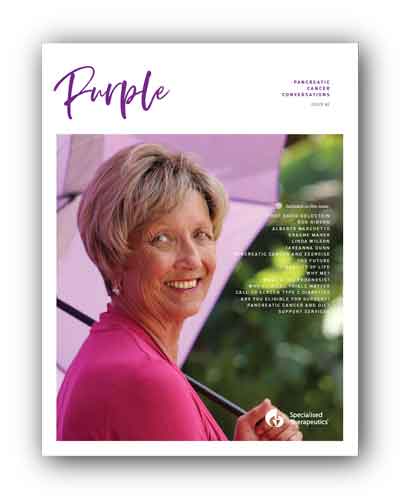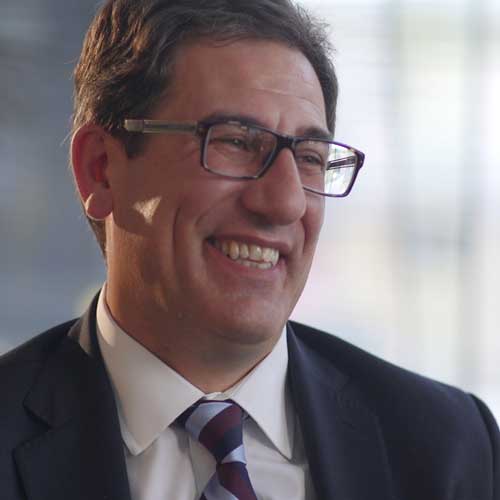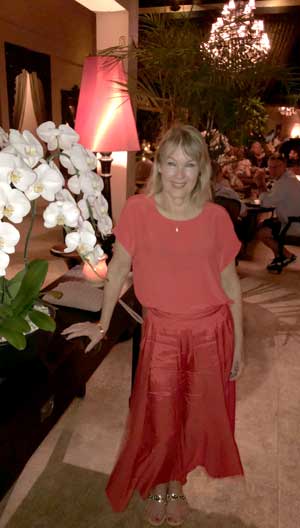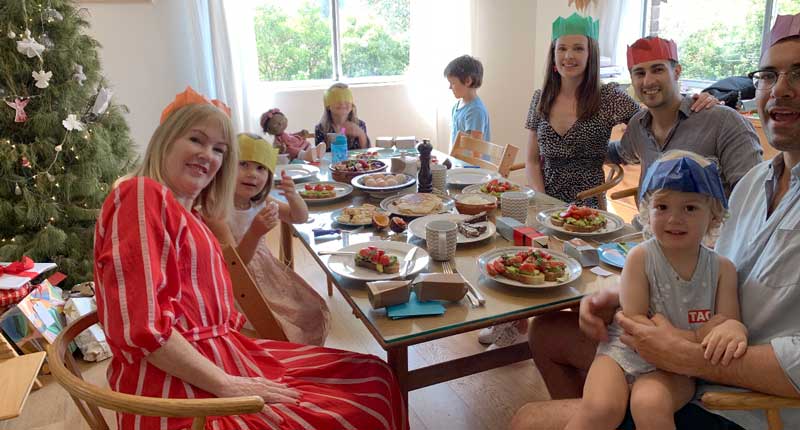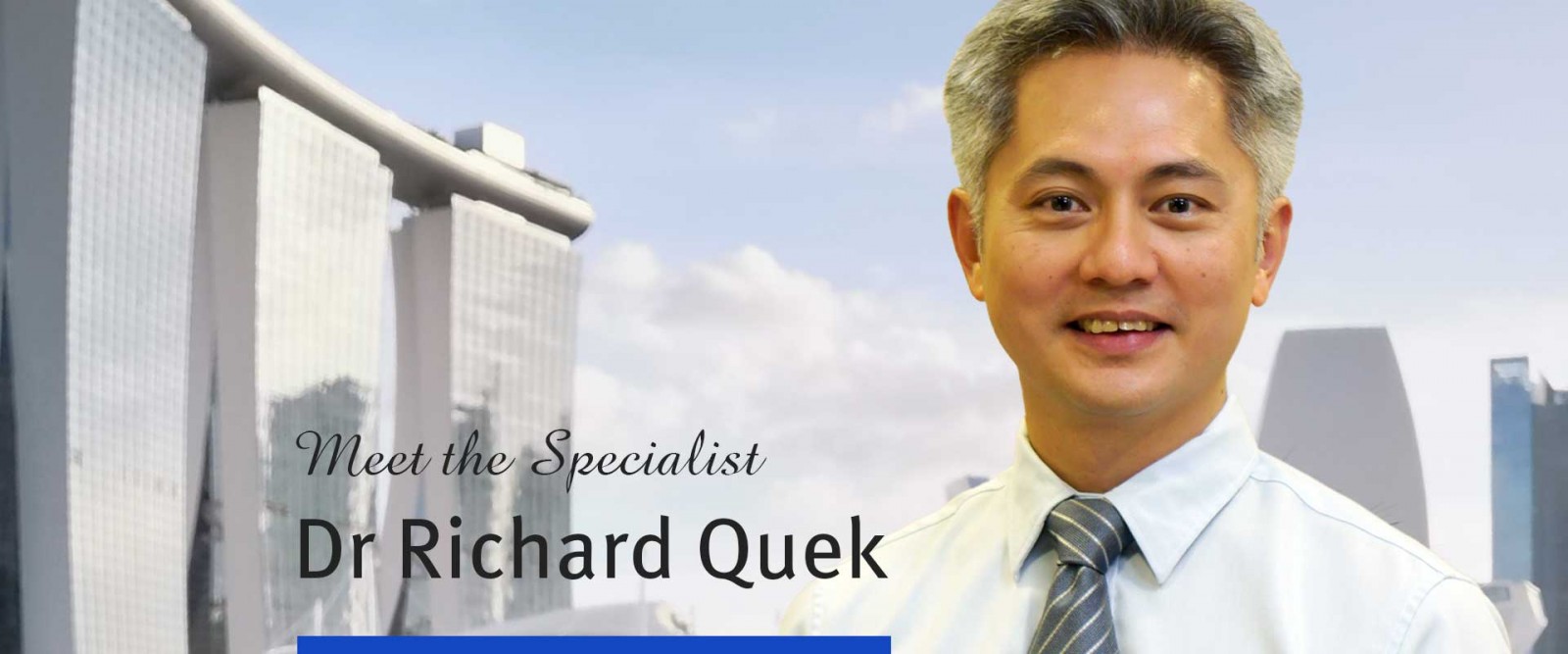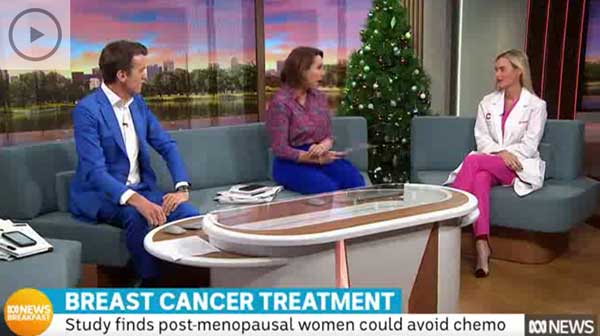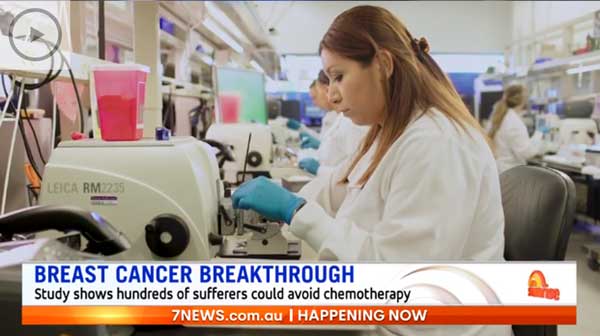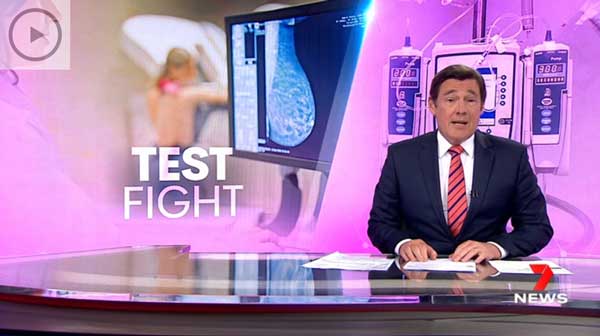Bridging the Gap to Reimbursement for New Therapies
Imagine this scenario: A wealthy Australian woman is diagnosed with early breast cancer. She has her tumour removed but there is some uncertainty as to whether she will benefit from chemotherapy. Her doctor recommends she pays for a breast cancer genomic test that will reveal specific information about her own cancer to help determine whether chemotherapy will make any difference, or whether she can be safely treated with hormone therapy alone.
The test – known as the Oncotype DX® Breast Recurrence Score test – is not reimbursed by the Government, but this patient comfortably pays $5000 to get the result. Like most women who have this test (around 70%), it reveals that she is safe to be treated with hormone therapy alone.
On the other side of town is another woman with the same type of breast cancer. She hasn’t got $5000 for an Oncotype DX test, so her doctor decides to err on the side of caution and prescribes chemotherapy, just to be safe. For this woman, it means up to six months of treatment and potentially, debilitating side effects including fatigue, nausea and hair loss. Some effects – like nerve damage – may be permanent. It might be too hard for her to keep working. Her family life and income may be severely impacted.
It doesn’t sound fair that two women have the same cancer, but one has a treatment path that is far more gruelling – simply because she could not afford the test that might help her avoid the more onerous path.
Unfortunately, this happens every day in Australia.
I am the CEO and founder of Australia’s largest independent pharmaceutical company, Specialised Therapeutics Australia, which provides the Oncotype DX test to Australian women under license from a US partner.
Our company has tried unsuccessfully six times to have this test reimbursed by the government for all Australian women – as it is for early breast cancer patients in many other developed countries – including the US, UK, Canada, Germany, Italy and France. The Oncotype DX test is recommended by the world’s and Australia’s most renowned breast cancer specialists as the “preferred” genomic test, because of the strong clinical evidence underpinning it.
There is no question about the Oncotype DX test’s safety, efficacy or utility. Australia’s peak regulatory authority – the Therapeutic Goods Administration – has approved use of this technology in Australia, and every international breast cancer treatment guideline recommends its use. It is prescribed by leading surgeons and breast cancer specialising oncologists every day. This is simply a question of cost. Some might say we should just lower the price, but it’s not that simple. This test is under license from an international partner and already Australian women are offered the lowest price in the world to access the technology. International governments pay more per test for their residents to have it – because they know it offer women with breast cancer an informed choice to avoid 6 months of toxic chemotherapy, and will ultimately save the health budget significant sums in chemotherapy costs.
We realise that the health budget is a finite resource, particularly given the impact the Covid-19 pandemic, and that not everything can be reimbursed by the government.
It is for this reason that Australians, including consumers, industry and governments – must find new ways for Australians to finance access to new innovative therapies and technologies that are not yet reimbursed.
I was still bruised from MSAC’s most recent rejection of Oncotype DX when I found myself in a large retail outlet. Surrounded by signs about interest-free payment plans for everyday items, the idea struck me: If Australians can purchase almost anything for the home via this type of arrangement, why not important health-related purchases that their doctor would like to prescribe, but cannot because they are not yet funded by the government?
With this in mind, we approached third party finance providers – Latitude Finance – to help us find a workable payment solution for the Oncotype DX test and potentially, other prescription healthcare items.
It has taken many months to negotiate, but we are pleased to advise that from March 15 this year, Australian women will be able to undertake an interest-free payment plan over a nominated period of up to two years to more manageably afford this test.
We believe this is a first for the pharmaceutical industry but expect we won’t be the last. This will pave the way for other companies to assist patients in this way, because the gap between availability of new therapies and technologies and reimbursement must be bridged without the need for patients to find lump sums that entail tapping into their super or home mortgage equity.
Patients are falling through the gaps as they await affordable access to new treatments or technologies that might improve their prospects, or overall outcome.
While this new finance option is a good short-term outcome for Oncotype DX, the big picture solution must be reimbursement.
STA remains committed to progressing discussions regarding Oncotype DX with the Federal Government to ensure that cost is not an issue for any eligible woman. We know that even a monthly payment plan will render the test inaccessible for some. It is a technology that should be freely and readily accessed and funded by the Federal purse.
The irony here is that reimbursing Oncotype DX will actually save the federal budget and the taxpayer all the associated costs of a woman having chemotherapy treatment – not only the cost of the therapy itself, but potentially time off work and long-term health and economic consequences.
We all recognise that the Federal health budget is not a bottomless pit. But personal health is priceless, and offering more avenues to access these returns control to the patient. Healthcare must be affordable and accessible. Payment plans are one way to help achieve this. If patients, customers and consumers can make an informed decision to spend several thousand dollars to buy a couch or a television and pay later, it’s only fair that they can make the same informed decision with their healthcare practitioner to access the latest therapies and medical technologies not yet reimbursed by the government.

